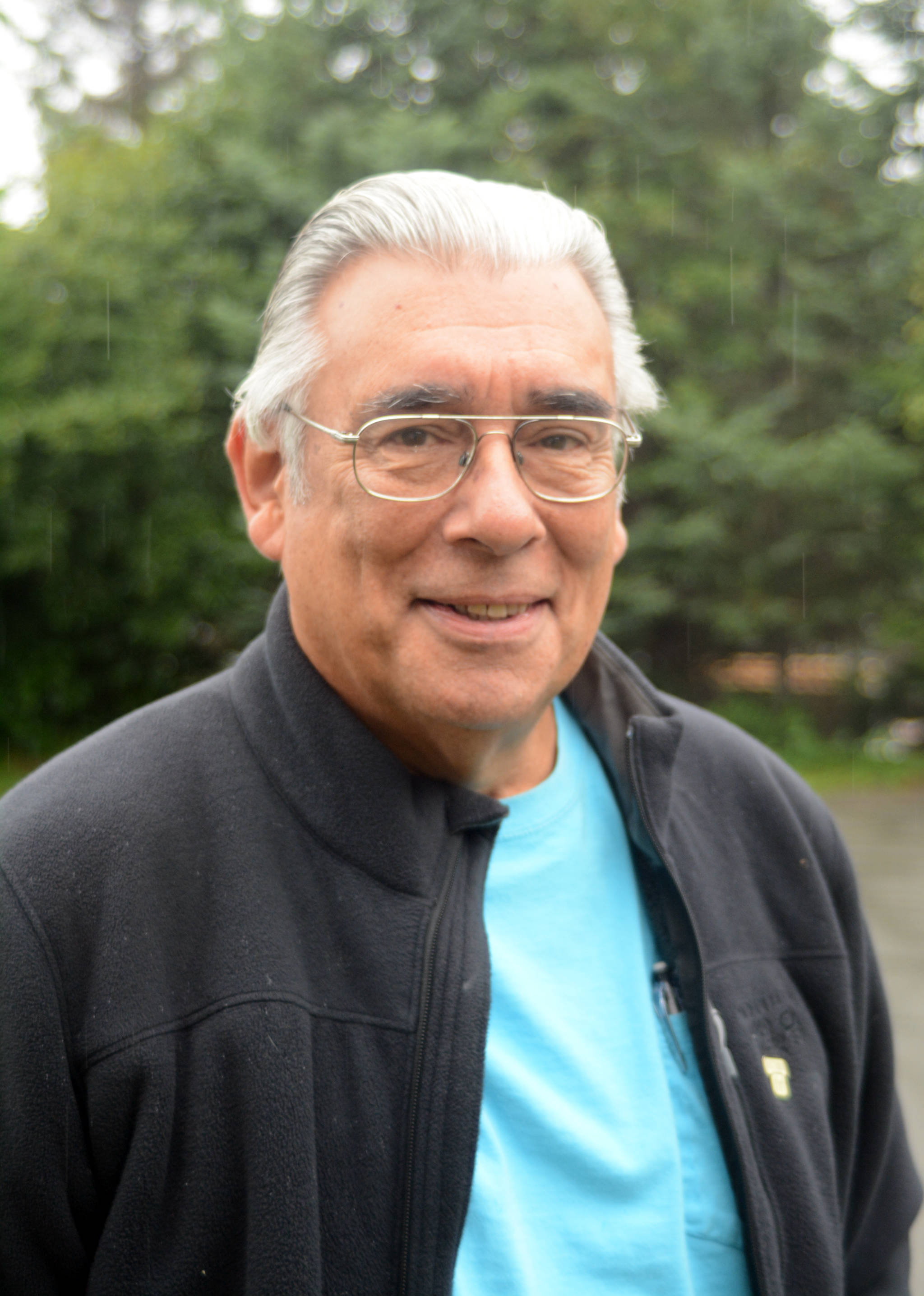Stand for Alaska – Vote No on Prop. 1, the corporate group spending massively to oppose efforts to protect Alaska’s fish resources, is flooding mailboxes with a mailer urging voters to reject the Stand for Salmon ballot initiative, Ballot Measure 1. They accuse Stand for Salmon proponents of being “deceptive” about the ballot measure’s effects and claim it will stifle progress in Alaska. That’s not true.
Claiming “experts agree,” the pamphlet quotes two state fisheries employees arguing that salmon declines are driven by problems in “the marine environment,” in other words, the ocean, and that Alaska’s freshwater systems are healthy and producing plenty of smolt. But rising water temperature trends and expanding infrastructure are reasons for concern about the long-term outlook for pristine salmon habitat. Indeed, mounting environmental pressures in the ocean are strong arguments for improving protections for spawning and rearing areas to give smolt the best possible chance at survival.
Petroleum, mining and other interests focused on profits are utilizing scare tactics to worry voters that regulations would disrupt or even prevent progress — inundating even grandpa’s tiny boat launch beneath a flood of paperwork. They claim the initiative threatens jobs, would increase the state budget, restrict access to lands, possibly block “critical” improvements and result in litigation. But if a project could destroy vital salmon habitat, shouldn’t promoters be required to mitigate or prevent such destruction? And if they can’t, is it wise to build such a project in the first place?
Foes of the initiative argue that “tens of thousands” of Alaskans, business and even some Native corporations oppose Ballot Measure 1. But Stand for Salmon supporters provably gathered better than 44,000 signatures and enjoy business and Native corporation support, too. Furthermore, the initiative would have been unnecessary had the Alaska Legislature acted on behalf of the state’s iconic fish resources. It didn’t.
Don’t be misinformed. Proposed language would amend permitting law and require new standards be applied to projects with the potential to harm fish habitat, while exempting existing projects and facilities until a new permit is required. Meanwhile, vital infrastructure projects, such as roads, airports, pipelines, and sewer and water facilities would move forward, but with common sense precautions.
New standards would define what “anadromous fish habitat” actually means, and would address water quality, temperature, streamflow, and more. State law currently lacks such definitive language, rendering the permitting process little more than a boulevard to realization even for projects that have the potential to wipe out habitat.
Some developments deemed not to interfere with salmon habitat would warrant a general permit. Minor permits would attend activities having little impact on fish habitat, while major projects would be required to meet stricter permit provisions. There are provisions for public comment. All that makes sense.
Where a project would cause substantial damage to fish habitat, a permit would be denied. It’s simple. If project promoters cannot protect habitat, they can’t proceed. Why should they? Short-term jobs? Tax revenues for the state? Profits? Important, yes, but sufficient to justify destroying fish habitat and the economies they support? No.
Would the initiative act increase the state’s budget? Perhaps. But I can’t see any reason other than the current shortness of dollars why that should be a long-term problem. Protecting our vital multi-billion-dollar fisheries industry and the estimated 94,000 jobs directly or indirectly connected to it seems worthy of such expenditures of state dollars, don’t you? The cost of genuine mitigation measures must become part of the price of doing business in Alaska in the future. If that reduces some fat cat’s bottom line, so be it. We need to stop defining Alaska’s success in terms of money, anyway.
Most Alaskans accept that there are limits to growth and that we cannot continue risking renewable resources for the short-term gains derived from exhaustible extraction enterprises whose profits tend to go “Outside” anyway, often to foreign corporations with histories of raking in revenues and leaving devastatingly costly cleanup responsibilities to residents. That has to stop.
We must reject the straw man erected by the Stand for Alaska – Vote No on Prop. 1 side that “salmon declines are due to problems in the ocean” and that Ballot Measure 1 “won’t fix that.” It’s not meant to. What Stand for Salmon does is recognize we have a crisis facing our fisheries and promotes protections for the one element required of all anadromous fish — a pristine place to spawn and rear so that the chance of survival in the oceans is enhanced.
If we, as a society, can’t get our heads wrapped around that, what have we become?
Hal Spence is a long-time resident of Homer and a former reporter for the Homer News and Peninsula Clarion. He is retired, but currently doing media outreach for Cook Inletkeeper.



